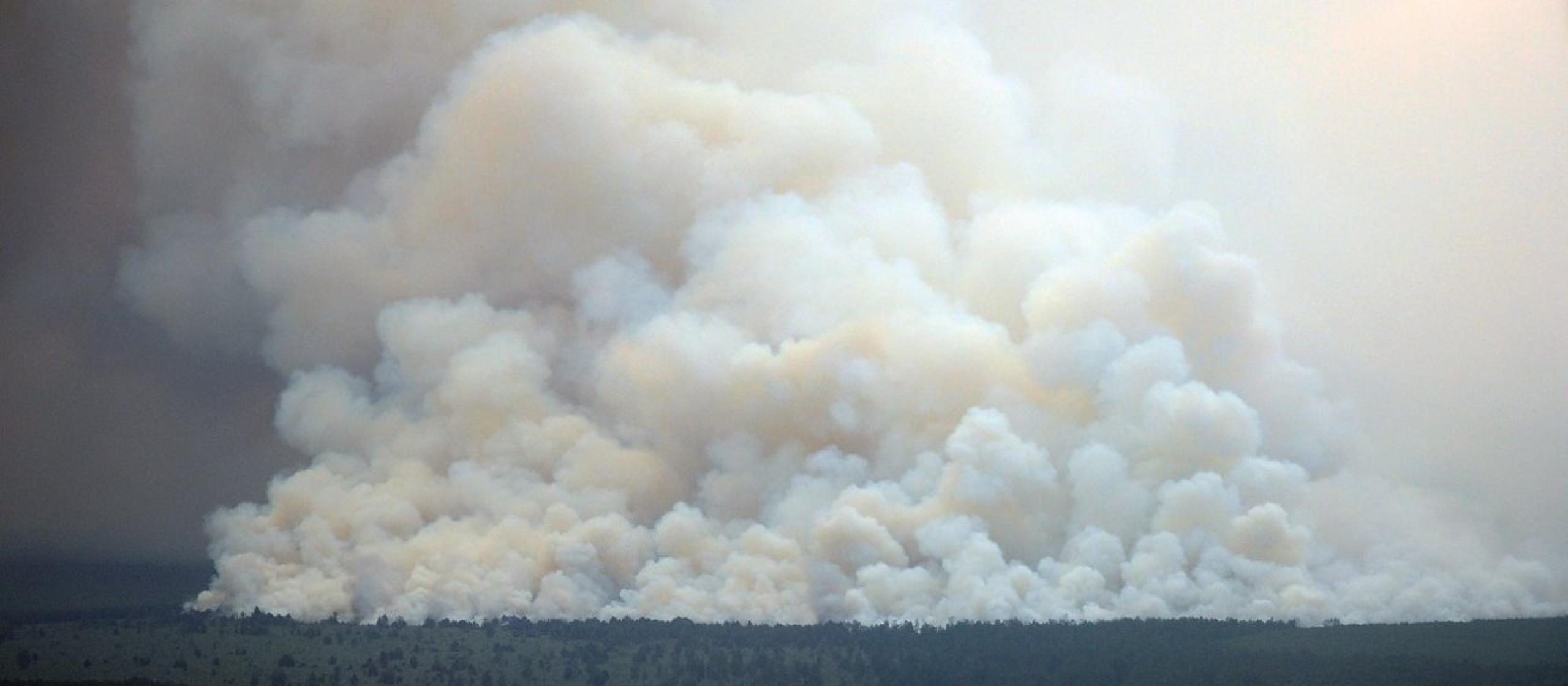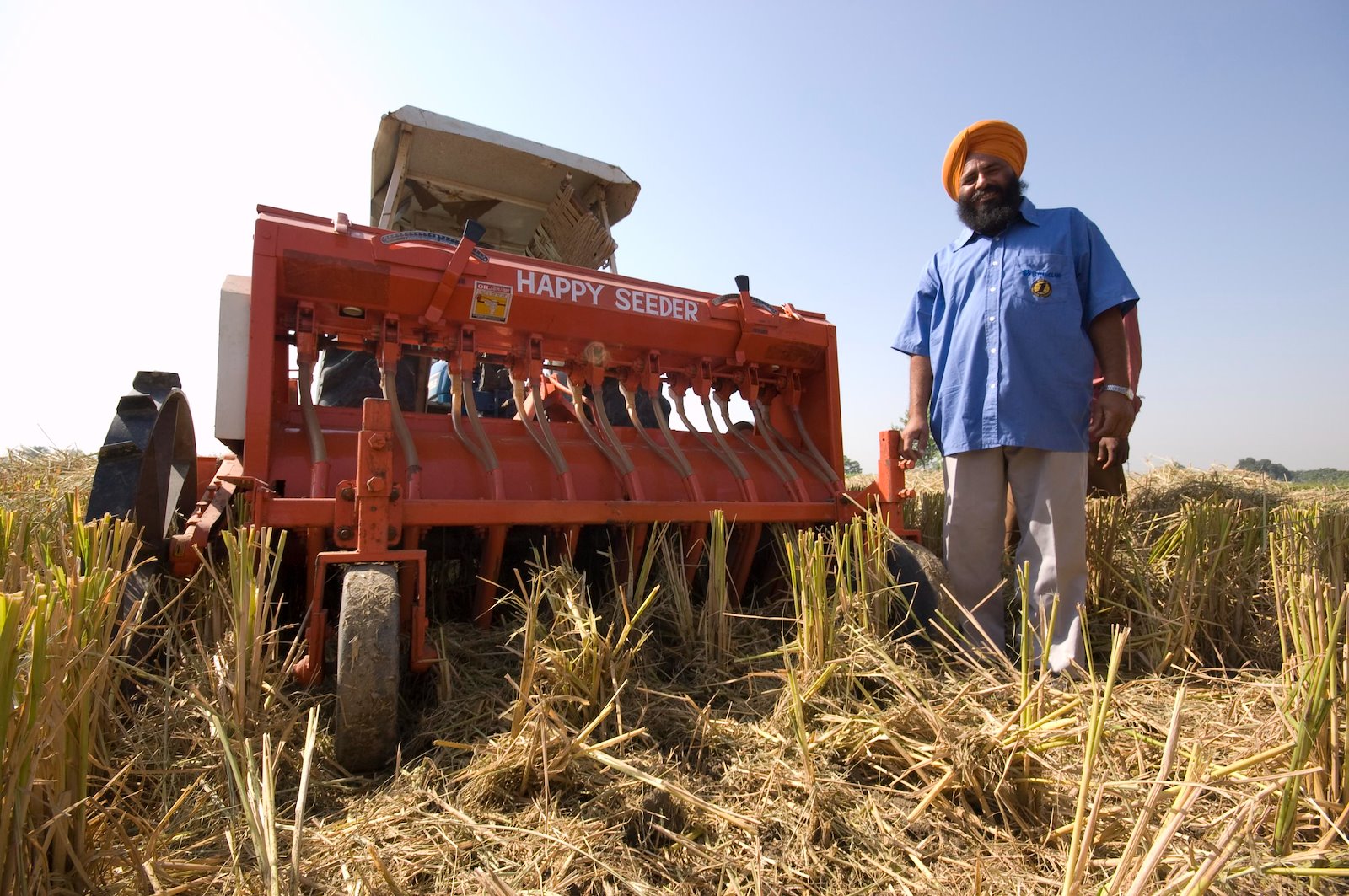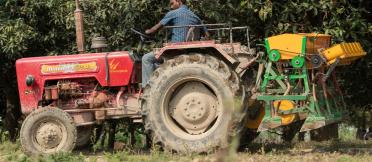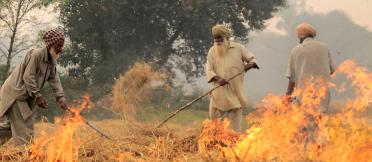- HomeHome
-
About ACIAR
- Our work
- Our people
-
Corporate information
- ACIAR Audit Committee
- Commission for International Agricultural Research
- Policy Advisory Council
- Agency reviews
- Executive remuneration disclosure
- Freedom of information (FOI)
- Gifts and benefits register
- Information publication scheme
- List of new agency files
- Contracts
- Legal services expenditure
- Privacy impact assessment register
- Commonwealth Child Safe Framework
- Benefits to Australia
- Careers
- 40 years of ACIAR
-
What we do
- Programs
- Cross-cutting areas
- Resources
- Where we work
-
Funding
- Research projects
- Fellowships
-
Scholarships
- John Allwright FellowshipScholarships to study in Australia for ACIAR partner country scientists to have Australian postgraduate qualifications
- ACIAR Pacific Agriculture Scholarships and Support and Climate Resilience Program
- Alumni Research Support Facility
- Publications
- News and Outreach
Date released
04 December 2017
The most popular cropping system in South Asia—practised on about 13.5 million hectares across the Indo-Gangetic alluvial plain—is a monsoonal rice crop quickly followed by wheat.
In north-west India, combine harvesting of rice and wheat is common practice but it leaves large amounts of crop residue in the field. While the wheat residue is used for animal feed, the paddy residue—rice straw—has no local economic uses and is agronomically problematic.
The rice stubble is thick, stringy and tough, and clogs up the sowing tines needed to sow the wheat crop. Farmers have just 15 to 20 days to sow the wheat crop or risk substantial reductions in yields. In order to seed on time, farmers in the states of Punjab and Haryana use traditional methods to burn most of the rice straw. As a consequence, as much as an estimated 22 million tonnes of rice stubble is burnt each year.
The resulting air pollution in October and November impacts the entire Indo-Gangetic Plain, travelling thousands of kilometres and enveloping the region with a thick aerosol layer that measured as much as 2.5 km high in 2012. The dense smoke plumes are a serious risk to human and animal health—they modify atmospheric gas composition, cause traffic accidents through loss of visibility, and contribute to ‘Asian pollution outflow’.
For authorities such as Punjab Commissioner of Agriculture Balwinder Singh Sidhu there is a solution to the fires—a small, affordable machine that drills wheat seed through the tough straw, bypassing the need to burn it. The machine—the Happy Seeder—has permitted India to explore the option of enforcing a ban on the burning of paddy residue.
The Happy Seeder was originally developed through an ACIAR project headed by Australian Professor John Blackwell, an agricultural engineer at the Charles Sturt University Institute for Land, Water and Society.
The Happy Seeder
Australia has a strong track record in agricultural engineering, including the development of machines that allow farmers to adopt more sustainable farming practices. Not even in Australia, however, had it been possible to sow directly through rice stubble, despite years of attempts by researchers worldwide to engineer a solution.
ACIAR engaged Professor Blackwell to revisit the problem and consider the design of a suitable machine. Professor Blackwell embodies Australia’s proud agricultural engineering tradition—particularly in making the most of the limited water resources available to Australian dryland farming.
Professor Blackwell experienced his ‘Eureka’ moment after a conversation with then research program manager Dr Tony Fischer. That night, Professor Blackwell imagined the design of a new kind of seeder—a design he found had never before been tried.
Through ACIAR, Professor Blackwell travelled to India to build the first prototype at the workshop of the Punjab Agricultural University (PAU) with Indian collaborators. Progress improved when PAU’s Dr Harminder Singh Sidhu, senior research manager at the Cereal Systems Initiative for South Asia (CSISA) hub, took up the challenge.
“The prototype worked amazingly well,” Professor Blackwell says. “We were able to sow with the prototype through 10 tonnes per hectare of rice straw.”
There was, nonetheless, room for improvement—in a process that has involved public-sector researchers, especially from PAU, and private-sector developers in India. Professor Blackwell particularly credits Dasmesh Mechanical Works, in Punjab, for the innovation that culminated in the development of the Turbo Happy Seeder, which uses a rotor to cut and brush away the rice straw, clearing the way for the machine’s sowing tine.
Professor Blackwell says the Turbo Happy Seeder can sow any seed into any stubble and pasture. For example, he has used it to sow wheat into 12 t/ha of standing millet. It can also be used as a standard direct drill when little or no stubble is present. Importantly, the Turbo Happy Seeder is lighter than its predecessor and has reduced power requirements, allowing it to be operated by the 35-horsepower tractors common in India.
Evaluation of impacts associated with this technology found it is more profitable than conventional cultivation or direct drilling after burning. It is financially viable for farmers, while delivering important advantages to the broader community and environment.
The approach amounts to a ‘conservation agriculture’ practice. It avoids ploughing soil and thereby conserves energy, soil moisture and fertility, delivering significant benefits to farmers.
“To some degree the Happy Seeder technology has given India a tool to avoid burning the rice stubble,” Professor Blackwell says.
Key points
- Burning is the normal method of rice stubble management in mechanically harvested rice-wheat growing areas of north-west India but results annually in a deterioration of air quality.
- A machine designed in Australia through an ACIAR project has made it possible to sow directly through rice residue without burning it and is now spearheading efforts to improve air quality.








